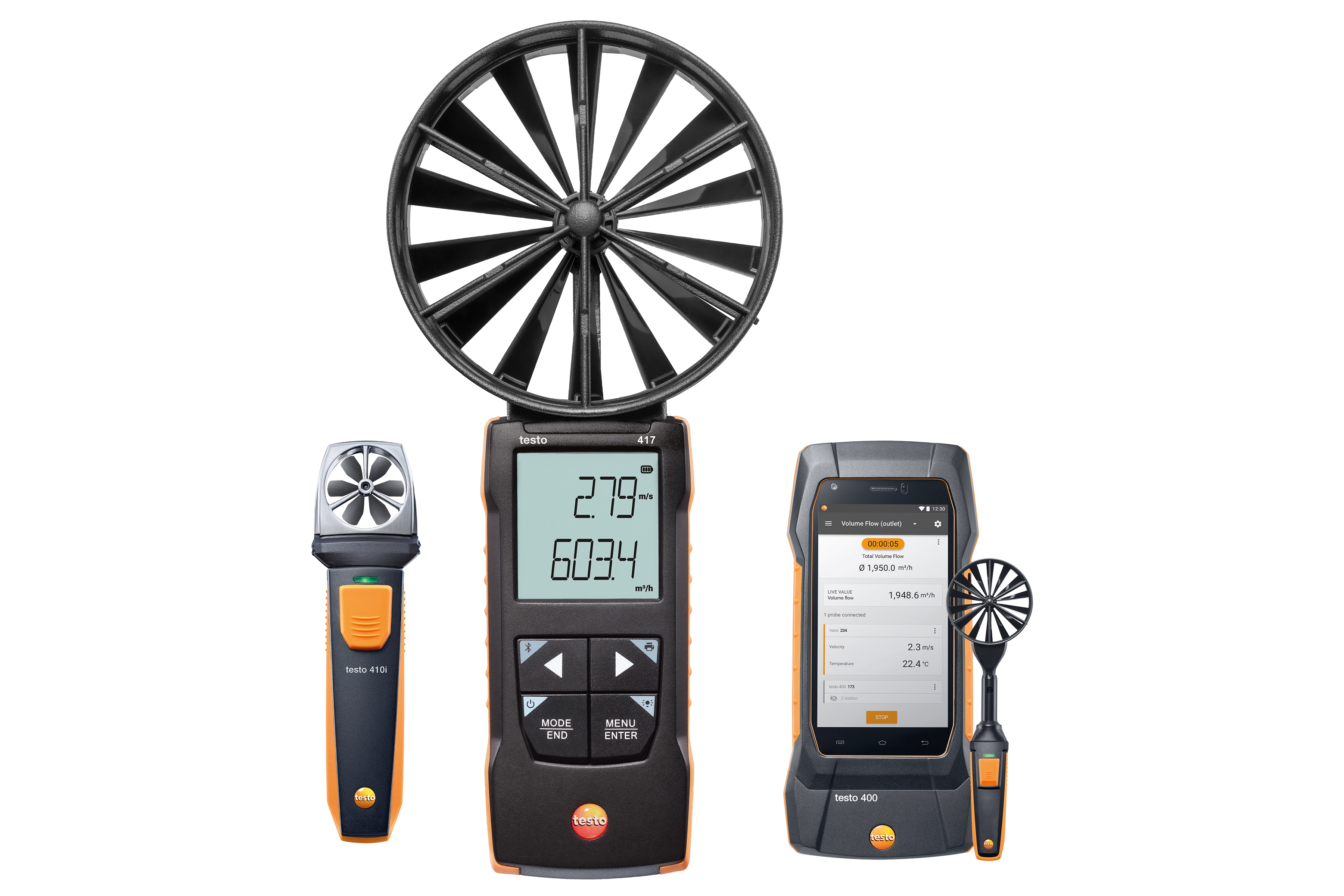How to Keep and Care for Your Anemometer to Ensure Durability
How to Keep and Care for Your Anemometer to Ensure Durability
Blog Article
Anemometers Unveiled: Understanding Their Significance in Ecological Surveillance and Safety And Security Actions
The function of anemometers in environmental surveillance and security actions is commonly undervalued, yet their significance is obvious. From meteorology to aeronautics security, anemometers play an important role in providing accurate data that informs decision-making procedures and enhances general safety.
Background of Anemometers
The evolution of anemometers can be mapped back to the ancient people where basic wind gauging devices were initial utilized. These very early wind dimension tools laid the foundation for the growth of much more innovative anemometers in time. Among the earliest known anemometers was the hemispherical mug anemometer designed by Leon Battista Alberti in the 15th century. This style included four hemispherical cups that accumulated wind power, offering a dimension of its strength based on the speed of rotation.
In the 18th century, the popular researcher John Thomas Romney Robinson introduced the Robinson anemometer, which included 4 hemispherical cups installed on straight arms that prolonged from a central axis. This layout came to be a requirement in meteorological measurements as a result of its precision and reliability. Over the years, developments in modern technology brought about the development of even more contemporary anemometers, consisting of ultrasonic anemometers and laser Doppler anemometers, offering raised precision and efficiency in determining wind rate and instructions. The history of anemometers showcases a remarkable trip of technology and development in the area of weather forecasting.
Kinds Of Anemometers
Throughout the area of meteorology, various types of anemometers have actually been developed to accurately determine wind rate and instructions. The most common type is the cup anemometer, which includes three or four mugs placed on straight arms that turn with the wind. As the mugs spin, the rate at which they rotate is directly proportional to the wind speed. One more commonly made use of type is the vane anemometer, which includes a tail or fin that aligns itself with the wind instructions. This placement permits the gadget to figure out the wind instructions. Sonic anemometers utilize ultrasonic signals to measure wind rate and instructions properly. They are typically utilized in research study applications as a result of their high precision. Hot-wire anemometers run based upon the principle that the cooling effect of wind on a heated cord is proportional to the wind speed. These anemometers are appropriate for measuring reduced wind speeds with high accuracy. Each type of anemometer has its toughness and is chosen based on the specific requirements of the surveillance job handy.
Applications in Meteorology
Having actually reviewed the various kinds of anemometers used in weather forecasting for gauging wind speed and direction, it is important to discover their practical applications in the field. Anemometers play a vital duty in weather forecasting by offering precise and real-time information on wind problems (anemometer). Meteorologists use anemometers to keep track of wind speed and instructions to anticipate weather patterns, concern read this cautions for extreme weather occasions like cyclones, tornados, and tornadoes, and analyze weather for aeronautics safety
In meteorology, anemometers assist in comprehending local and regional wind patterns, which are important for predicting weather adjustments and establishing weather patterns. These devices are additionally utilized in research to research microclimates, metropolitan warm islands, and air pollution diffusion. In addition, anemometers are used in farming to maximize crop administration techniques, such as irrigation and chemical application, based upon wind conditions.
Importance in Aeronautics Safety And Security
An integral element of making sure aviation safety and security hinges on the precise monitoring of wind problems using anemometers. Anemometers play a vital role in aeronautics by offering real-time information on wind speed and instructions, aiding pilots in making notified choices during touchdown, take-off, and trip. Solid and unforeseeable winds can substantially affect aircraft procedures, making it necessary for aviation authorities to depend on exact wind measurements to ensure the security of guests and crew.

In the dynamic environment of aeronautics, where also minor modifications in wind rate and direction can have profound results, anemometers stand as vital tools for promoting risk-free and safe air travel.
Duty in Environmental Research
Anemometers play an important duty in environmental study by supplying crucial information on wind rate and direction. By accurately measuring wind characteristics, anemometers help researchers analyze the movement of pollutants in the air, assess the influence of commercial emissions, and forecast the spread see this page of pollutants in the environment.


Verdict
Finally, anemometers have played an important function in environmental monitoring and precaution. With an abundant history and various types offered, these tools have been commonly made use of in weather forecasting, aviation safety, and ecological research. Recognizing the significance of anemometers is crucial for accurately gauging wind speed and direction, which is vital for forecasting weather condition patterns, making sure secure aeronautics operations, and conducting environmental studies - anemometer. Their contributions to published here these areas can not be ignored.
One of the earliest recognized anemometers was the hemispherical cup anemometer developed by Leon Battista Alberti in the 15th century. Over the years, improvements in innovation led to the growth of even more contemporary anemometers, including ultrasonic anemometers and laser Doppler anemometers, providing raised accuracy and performance in measuring wind speed and instructions. Hot-wire anemometers run based on the principle that the cooling impact of wind on a heated cord is proportional to the wind rate. Meteorologists use anemometers to keep track of wind speed and direction to forecast weather patterns, problem warnings for extreme weather events like tornadoes, typhoons, and storms, and examine atmospheric problems for air travel safety and security.
Recognizing the importance of anemometers is necessary for accurately measuring wind rate and direction, which is essential for anticipating climate patterns, making certain secure air travel procedures, and carrying out ecological research studies. (anemometer)
Report this page